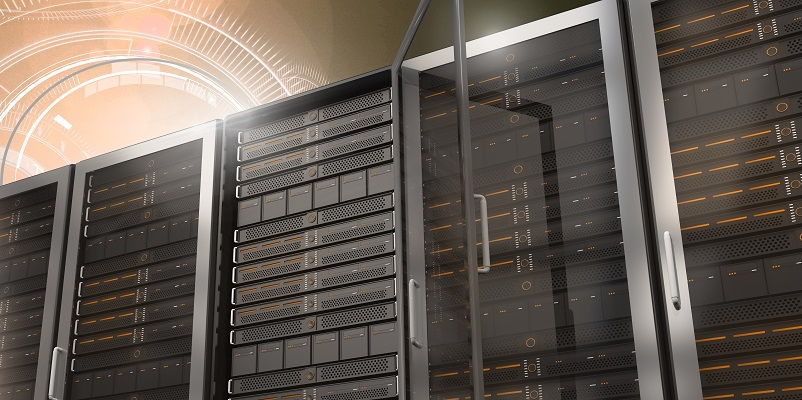When faced with the daunting task of migrating 200,000 servers to a new operating system, Salesforce recognized the need for a helping hand. This assistance came in the form of Salesforce’s own generative AI platform, which promises to revolutionize the process. In the early stages of migration, the collaboration between humans and machines is already proving to be a compelling aspect, offering a glimpse into the future of infrastructure management.
Leveraging Salesforce’s Generative AI Platform
The migration process is still in its early stages, but the most noteworthy aspect is the integration of Salesforce’s generative AI platform. This technology will assist Salesforce IT in automating basic tasks and script requirements, ensuring a smoother transition. The potential benefits of this approach are vast, allowing for increased efficiency and a reduction in the possibility of errors.
Utilizing Generative AI for Automation and Scripting
Salesforce IT understands the value of harnessing the power of generative AI to streamline processes. By leveraging gen AI, the team can automate various tasks and scripting requirements, providing a more efficient and error-free experience. This approach not only speeds up the migration process but also enables engineers and IT professionals to focus on higher-value tasks.
Incorporating Higher-Level Generative AI for Infrastructure Management
Recognizing the necessity for real-time monitoring and management of infrastructure health and telemetry, Salesforce IT is implementing higher-level generative AI based on LSTM (Long-Short Term Memory) models. This advanced technology enables more precise monitoring, offering immediate insights into the performance of the infrastructure. By proactively identifying issues and potential risks, this approach ensures a highly responsive and dependable system.
Enabling Human Intent in Machine Management
Salesforce’s unique approach to incorporating generative AI in its infrastructure operations embodies the concept of “bringing human intent into machines managing machines.” This synergy allows for a more personalized and controlled approach to infrastructure management. By infusing human expertise and intentions into AI systems, Salesforce aims to enhance the adaptability and decision-making capabilities of their infrastructure.
Benefits of Upgrading to Red Hat Enterprise Linux (RHEL)
The migration to RHEL comes with a host of advantages for Salesforce. Upgrading the operating system provides maximum flexibility, ensuring compatibility with a wide range of applications and workloads. Additionally, RHEL offers enhanced security measures, protecting sensitive data and mitigating potential risks. The reliability of RHEL ensures minimal downtime and improved performance, guaranteeing a seamless experience for Salesforce’s clients.
Goal of the Migration: Preparing for Any Workload
The primary objective of this massive migration is to ensure that Salesforce is ready to handle any workload efficiently and effectively. By building the infrastructure on a highly secure, reliable, flexible, and supported platform, Salesforce can cater to the diverse needs of its clients while maintaining robust performance and customer satisfaction.
Increasing Importance of a Well-Supported Operating System
As companies recognize the significance of a well-supported, production-ready operating system, the migration to RHEL aligns with the industry’s evolving demands. With the complexity and scale of modern cloud environments, enterprises are increasingly relying on AI to manage and secure applications and infrastructure. Salesforce’s utilization of generative AI showcases their commitment to staying at the forefront of technology and providing optimal solutions to their clients.
The incorporation of AI in cloud operations offers numerous benefits to enterprises. By harnessing the power of AI, organizations can improve operational efficiencies, identify and rectify configuration issues promptly, and automate remediation processes. This intelligent approach streamlines management tasks, allowing IT professionals to focus on strategic initiatives and innovate within the infrastructure.
The Power of Generative AI for Infrastructure Management
Generative AI holds tremendous potential in revolutionizing infrastructure management. With its ability to provide engineers and IT professionals with a more accurate understanding of their systems, generative AI offers tighter control and more efficient management. By enabling real-time insights, proactive issue identification, and autonomous decision-making, this technology ushers in a new era of enhanced infrastructure performance.
Salesforce’s pioneering adoption of generative AI for its massive server migration to RHEL marks a significant milestone in infrastructure management. By embracing this cutting-edge technology, Salesforce IT showcases their commitment to innovation, efficiency, and customer satisfaction. As the migration progresses, it is evident that the collaboration between human intent and generative AI will redefine the industry’s benchmarks, setting a new standard for infrastructure management. This bold step highlights the power of AI and its potential to reshape the way organizations approach their IT operations.

